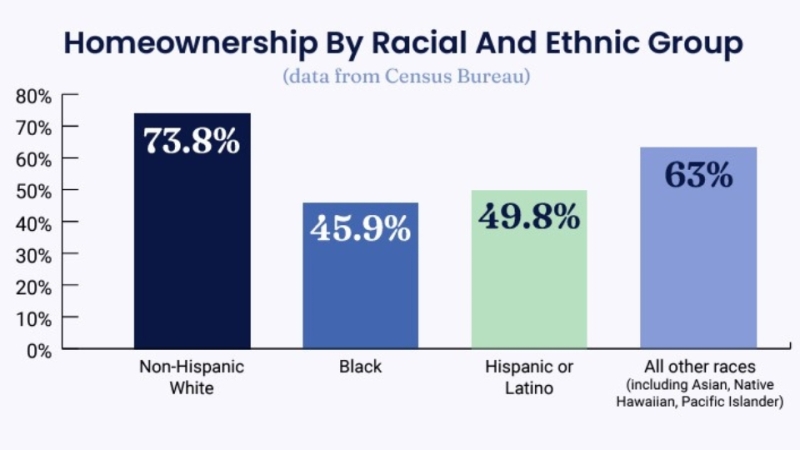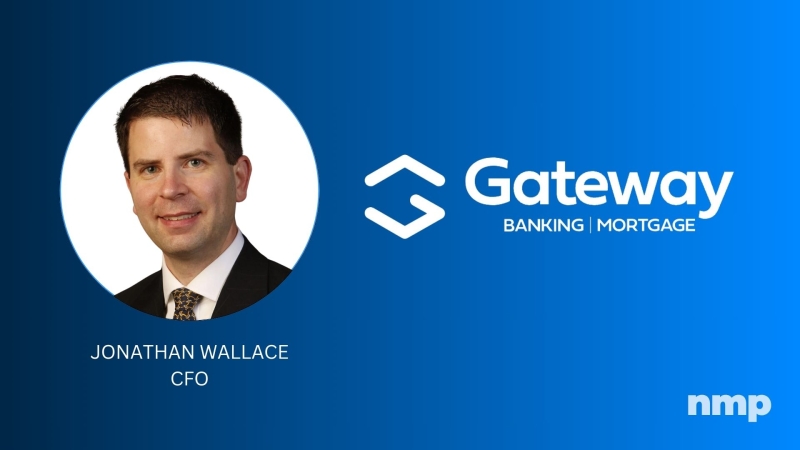
Pending Home Sales Down Again

Sixth consecutive month of declines
- Only the Midwest region saw an increase in pending home sales in April.
Pending home sales dipped for the sixth consecutive month, according to a report released Thursday by the National Association of Realtors.
The pending homes sales index for April showed that sales were down 3.9% from March, and when compared to the prior year, pending sales dropped for the eleventh consecutive month, with a 9.1% year-over-year drop and a decline in all regions.
Only the Midwest region saw an increase in pending home sales in April.
"Pending contracts are telling, as they better reflect the timelier impact from higher mortgage rates than do closings," Lawrence Yun, NAR's chief economist said. "The latest contract signings mark six consecutive months of declines and are at the slowest pace in nearly a decade."
With mortgage rates rising, Yun forecasts existing-home sales to wane by 9% in 2022 and home price appreciation to moderate to 5% by year's end.
"The escalating mortgage rates have bumped up the cost of purchasing a home by more than 25% from a year ago, while steeper home prices are adding another 15% to that figure,” Yun said.
In some cases, these higher rates increase mortgage payments by as much as $500 per month. Yun noted that such price hikes are already a burden, but they become even more problematic to a family on a budget contending with rapid inflation, including surging fuel and food costs.
First American Chief Economist Mark Fleming said Thursday that it’s not just the impact of declining affordability on demand that’s reducing the pace of sales in the housing market.
"There’s another ‘supply’ side to this story. Sellers are facing a ‘prisoner's dilemma,” Fleming said. "Existing homeowners are staying put. Average tenure length in the U.S. is over 10.5 years, and rising rates will further discourage existing homeowners from selling their homes. There is limited incentive to sell if it will cost more each month to borrow the same amount of money.”
Yun said that the vast majority of homeowners are enjoying huge wealth gains and are not under financial stress with their home as a result of having locked into historically low interest rates, or because they are not carrying a mortgage.
"However – in this present market – potential homebuyers are challenged and thus may attempt to mitigate the rising cost of ownership by opting for a 5-year adjustable-rate mortgage or by widening their geographic search area to more affordable regions," he said, noting that work-from-home opportunities have made the latter option more viable.
There are also scenarios in which the market soon improves for buyers, as well, according to Yun.
"If mortgage rates stabilize roughly at the current level of 5.3% and job gains continue, home sales could also stabilize in the coming months," Yun said. "Home sales in 2022 are expected to be down about 9%, and if mortgage rates climb to 6%, then the sales activity could fall by 15%.
Meanwhile, Yun said, home prices are not expected to decline in any meaningful way.
"There is an ongoing housing shortage, and properly listed homes are still selling swiftly – generally seeing a contract signed within a month, “ he said.
Month-over-month, the Northeast PHSI fell 16.20% to 74.8 in April, a 14.3% drop from a year ago. In the Midwest, the index rose 6.6% to 100.7 last month, down 2.8% from April 2021.
Pending home sales transactions in the South dipped 4.7% to an index of 119.0 in April, down 10.3% from April 2021. The index in the West slipped 4.3% in April to 85.9, a 10.5% decrease from a year prior.
The index is based on a sample that covers about 40% of multiple listing service data each month. In developing the model for the index, it was demonstrated that the level of monthly sales-contract activity parallels the level of closed existing-home sales in the following two months.
An index of 100 is equal to the average level of contract activity during 2001, which was the first year to be examined. By coincidence, the volume of existing-home sales in 2001 fell within the range of 5.0 to 5.5 million, which is considered normal for the current U.S. population.




